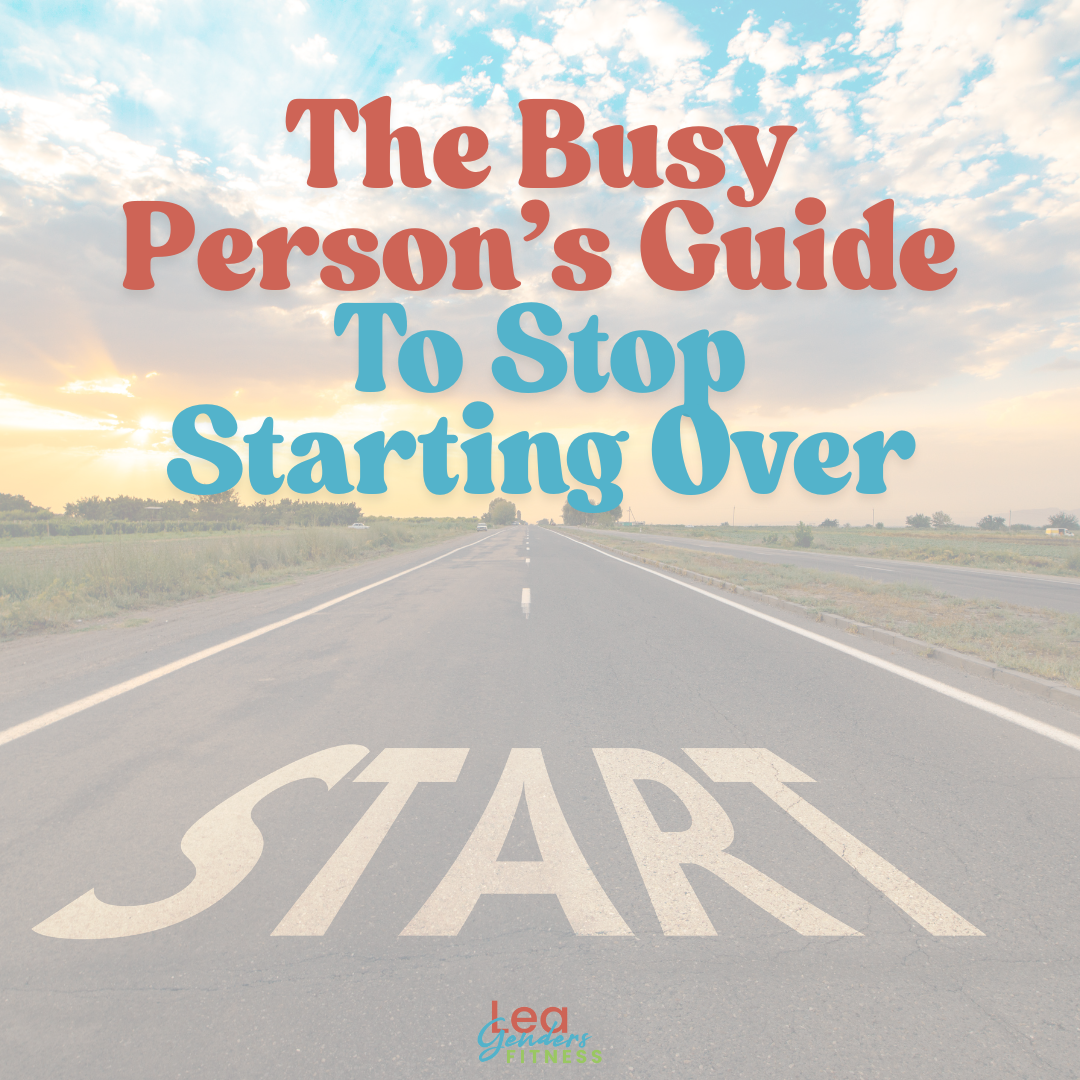Welcome to the latest edition of Workout Wednesday. I am writing a new running and strength program and if you are subscribed to the blog, you can follow along each week as it unfolds. I will slow-drip the content to my blog readers and once the program is complete I will likely release it as an ebook.
You can read my introduction to the program here and last week I shared the first workout on the plan: Easy run plus 20 minute strength workout.
We already talked a little bit about goal setting because it is a good idea to have clear goals before starting any new program.
This program will also have a nutrition component. You can get started by checking out this article on how to self-assess your own food journal. More to come in the future on sport and exercise nutrition.
This post contains affiliate links. This means if you click on a link and make a purchase I make a small percentage of the sale with no additional cost to you. No one is getting rich here, it just helps with the running (pun intended) of this blog. Thanks for your support.
WEEK ONE, DAY TWO
INTERVAL RUN
Week one day two is an interval run. You will need a timer to track your intervals. I use the GymBoss to time my intervals when I am not on the treadmill.
Interval workouts are great for improving speed and running efficiency. I recommend intervals two times a week to start.
Always warm up before beginning any running workout. I shared a quick dynamic workout in this blog post.
This workout uses the RPE chart (rate of perceived exertion). Your pace is based on the talk test. You can learn more about RPE in this post but I'll give you a short rundown for this workout.
After your dynamic warm up begin this workout by walking briskly or jogging slowly before you start your first interval.
You will alternate between a hard effort for 30 seconds and an easy recovery effort for 90 seconds for eight rounds.
Your 30 second hard effort should be RPE 7-9. It should be difficult to talk or get out a word or two during this interval. It should feel hard enough that you can't hold a conversation, but not so hard that you can't maintain the pace for the full 30 seconds. You may have to experiment with what the right pace is for you. (You have eight rounds to figure it out. wink.)
Your 90 second recovery effort should be a brisk walk or a slow jog in order to recover from your hard interval.
This workout including the warm up and cool down is about 20 minutes. The workout is shorter in duration but higher in intensity, so be sure to push yourself appropriately during the hard effort intervals for the best results.
Interval workout - save to Pinterest - subscribe for a printable workout
Give it a try and let me know how it goes. If you are subscribed to my blog you will continue to receive updates on this program. Enter your name and email below for a printable version of the interval workout.
Did you know today is Global Running Day? Join Ollie and me today and pledge to run at least one mile to celebrate with other runners all over the globe.
Like this post? It helps me when you share with your friends or followers.




































